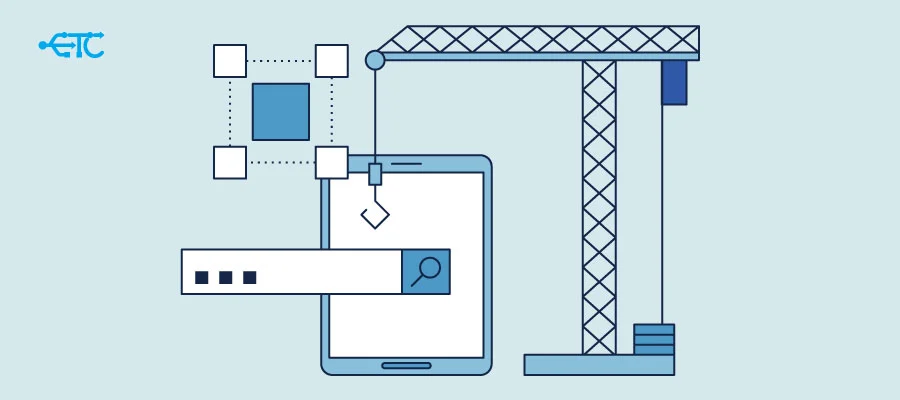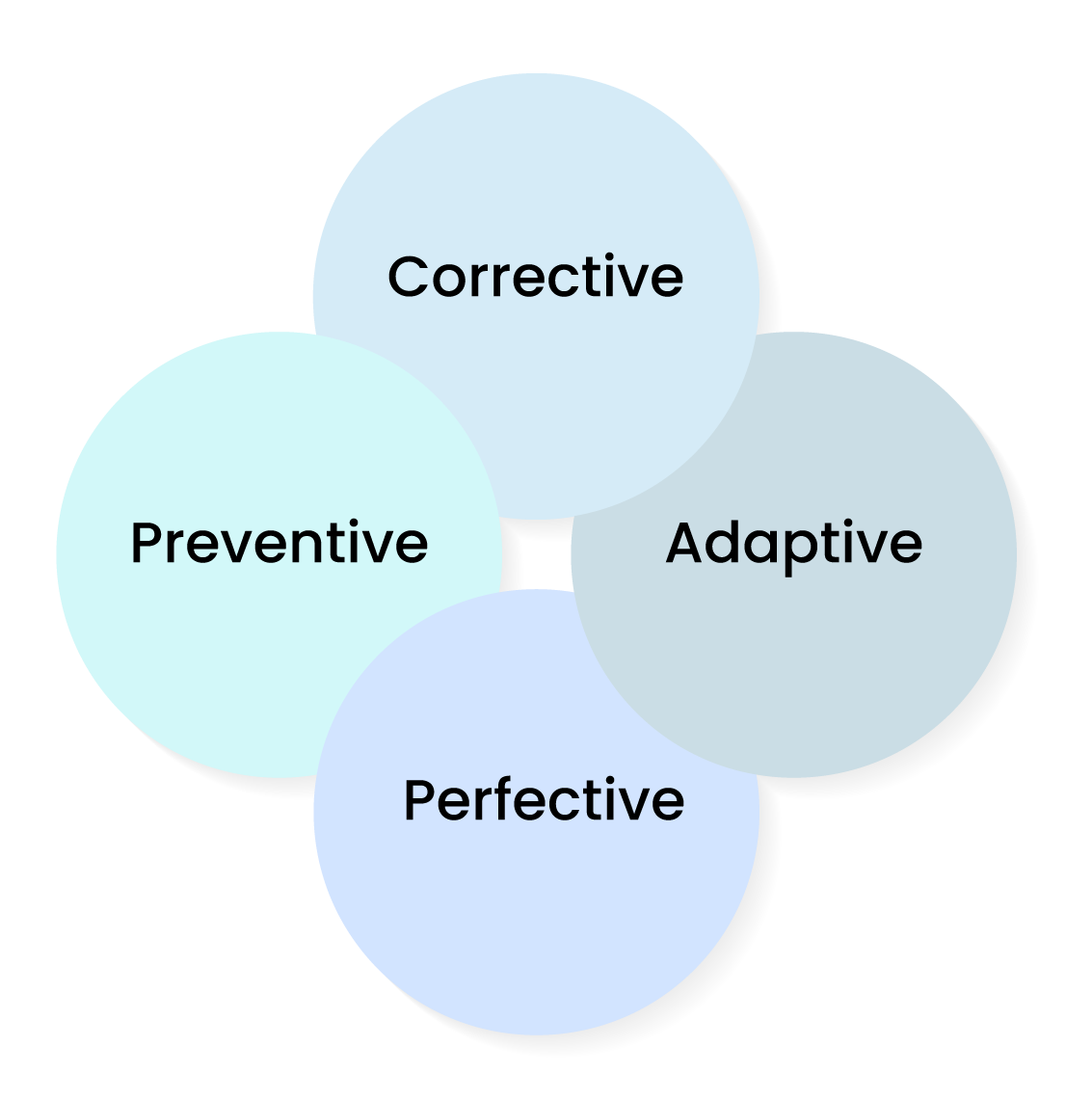The Importance of Software Maintenance

In today’s technology-driven business world, software is the engine that powers operations, enhances customer experiences, and keeps organizations ahead of the curve.
However, merely having software in place is insufficient. Regular software maintenance is the secret to ensuring that your digital tools operate at their best and stay aligned with the ever-evolving landscape of technology and customer needs.
What is Software Maintenance?
Software maintenance encompasses the practices and tasks employed to refine, enhance, and fix software after its delivery to end-users. This includes troubleshooting, altering, and sustaining the system to ensure its optimal operation and seamless adaptation to the dynamic requirements of users.
What are the 4 types of maintenance?

• Corrective Maintenance:
Corrective maintenance focuses on fixing bugs and errors in the software. It includes activities such as troubleshooting, error detection, and bug fixing, ensuring that your software functions flawlessly.
• Adaptive Maintenance:
Software exists in a changing world, and adaptive maintenance ensures it can keep pace. It involves updating the software to be compatible with a changing environment. Whether it’s due to shifts in regulations, operating system updates, hardware upgrades, or evolving software dependencies, adaptive maintenance keeps your software reliable and efficient.
• Perfective Maintenance:
Perfective maintenance includes enhancements to the software’s functionality, such as improving performance, maintainability, and other attributes to make it more effective or responsive to new user requirements. This involves adding features, enhancing user interfaces, and refining non-core operations.
• Preventive Maintenance:
Preventive maintenance aims to reduce future problems and potential system failures. Its objective is to avoid issues before they happen. This includes software refactoring, optimization, removing obsolete code, and updating documentation to match system changes.
Each type of software maintenance plays a crucial role in the software development life cycle, addressing different aspects of the application’s lifecycle.
Corrective maintenance handles immediate issues, adaptive maintenance ensures compatibility with changing environments, perfective maintenance enhances features and performance, and preventive maintenance proactively prepares the software for future challenges.
A balanced approach that incorporates all these types of maintenance is key to ensuring a robust and enduring software system.
Why Software Maintenance is Important ?
Software maintenance is of paramount importance in the software development life cycle for several reasons:
• Bug Fixes:
Ensures that bugs and errors are identified and corrected promptly, guaranteeing that the software operates smoothly.
• Performance Improvements:
Optimizes the software’s performance, making it faster and more reliable.
• Security Updates:
Keeps the software up-to-date with the latest security patches, safeguarding it against potential vulnerabilities and threats.
• New Features and Enhancements:
Adds value by incorporating new features and functionalities that align with user needs.
• Compliance:
Ensures that software complies with regulations, standards, and laws, reducing legal risks.
• Cost Savings:
Prevents costly repairs or replacements by addressing issues before they escalate.
• Meeting Customer Needs:
Keeps software relevant by aligning it with evolving customer requirements.
• Keeping Up with Technology:
Ensures that the software adapts to changing technological landscapes, staying competitive.
• Reliability:
Maintains the software’s reliability and functionality over time.
• Long-Term Sustainability:
Extends the software’s life and ensures its long-term sustainability.
Ready to optimize your software for long-term success ?
Explore our maintenance services to keep your software at its best !
What is the software maintenance process?

The software maintenance process consists of several essential stages:
Phase 1 – Identification:
During this initial stage, the focus is on identifying necessary modifications. A thorough analysis and classification of modifications are conducted to determine the maintenance required. This phase can be executed through automated processes or manual intervention by a user.
Phase 2 – Analysis:
In this phase, the practicality and feasibility of each validated modification request are planned for integration into the software. It involves estimating the modification costs and analyzing validated changes or input.
Phase 3 – Design:
The design phase involves establishing a new framework for the software based on the analysis results. Additionally, a test software is developed to ensure security in the implementation process.
Phase 4 – Implementation:
This phase involves putting the primary or new software framework into action by crafting the necessary code and incorporating specifications into the new support system.
Phase 5 – System Testing:
System testing is carried out to assess the implementation of codes and specifications. It is critical in determining whether further adjustments or additions are required in the new software model.
Phase 6 – Acceptance Testing:
Third-party end-users conduct a dummy software test, known as a dry run test, to verify if the implemented specifications are functioning correctly as outlined in the modification request.
Phase 7 – Delivery:
The final phase involves delivering the modified software, releasing the updated version to end-users or clients, completing the software maintenance cycle.
Conclusion
En conclusion, software maintenance services are the cornerstone of maintaining the performance, security, and compliance of your organization’s technology infrastructure.
By embracing regular maintenance, proactive monitoring, and compliance support, you can guarantee that your software remains up-to-date, reliable, and cost-effective, avoiding costly repairs and providing enduring value for your organization.
